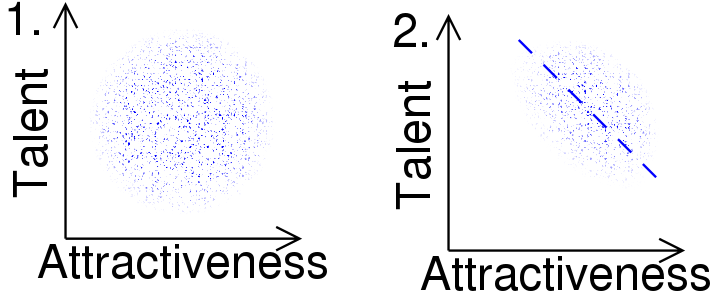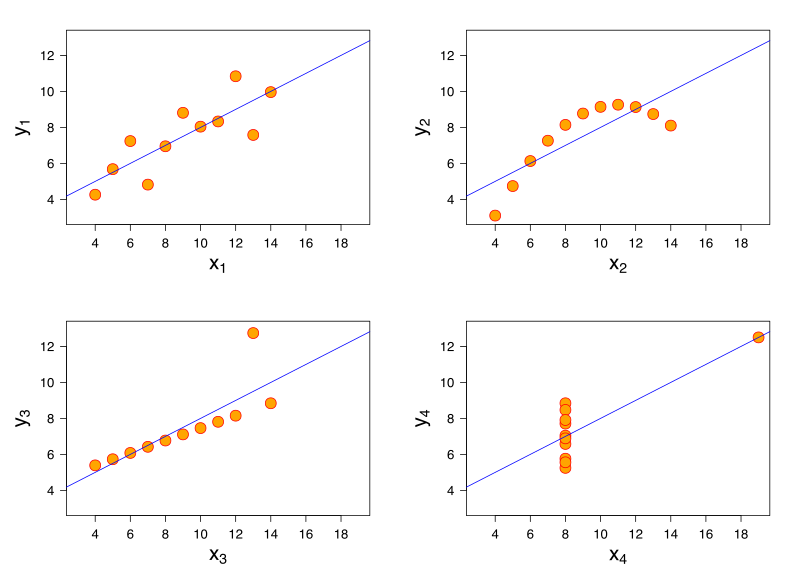The first “true cat,” Proailurus, or “Leman’s Dawn Cat,” appeared about 30 million years ago. But from 25 to 18.5 million years ago, strangely few catlike fossils are found in North America. Biologist Luke Hunter writes:
Following the appearance of the dawn cat, there is little in the fossil record for 10 million years to suggest that cats would prosper. In fact, although Proailurus persisted for at least 14 million years, there are so few felid fossils towards the end of the dawn cat’s reign that paleontologists refer to this as the ‘cat gap’. The turning point for cats came about with the appearance of a new genus of felids, Pseudaelurus.
The gap may be due to changes in climate and habitat, the rise of competing doglike species, an unsustainable “hypercarnivorous” dietary specialization, or some other factor. Modern cats descended from Pseudaelurus.





